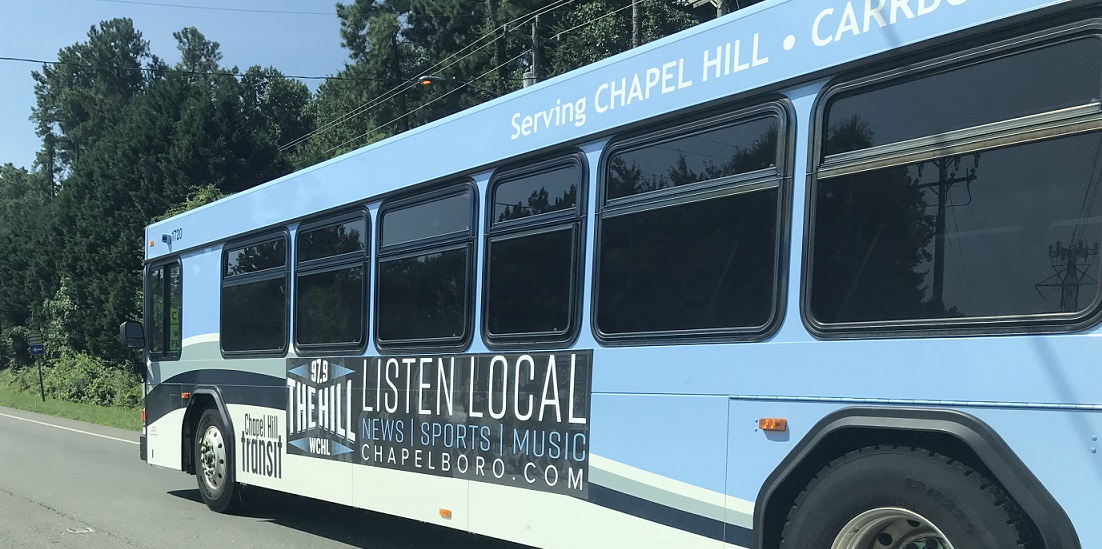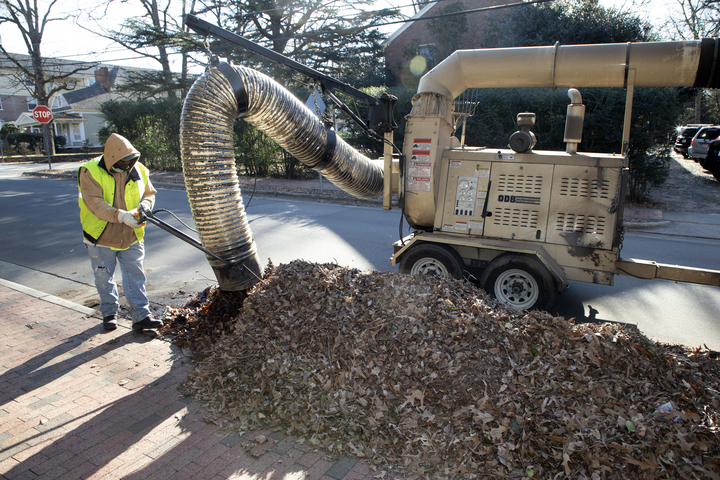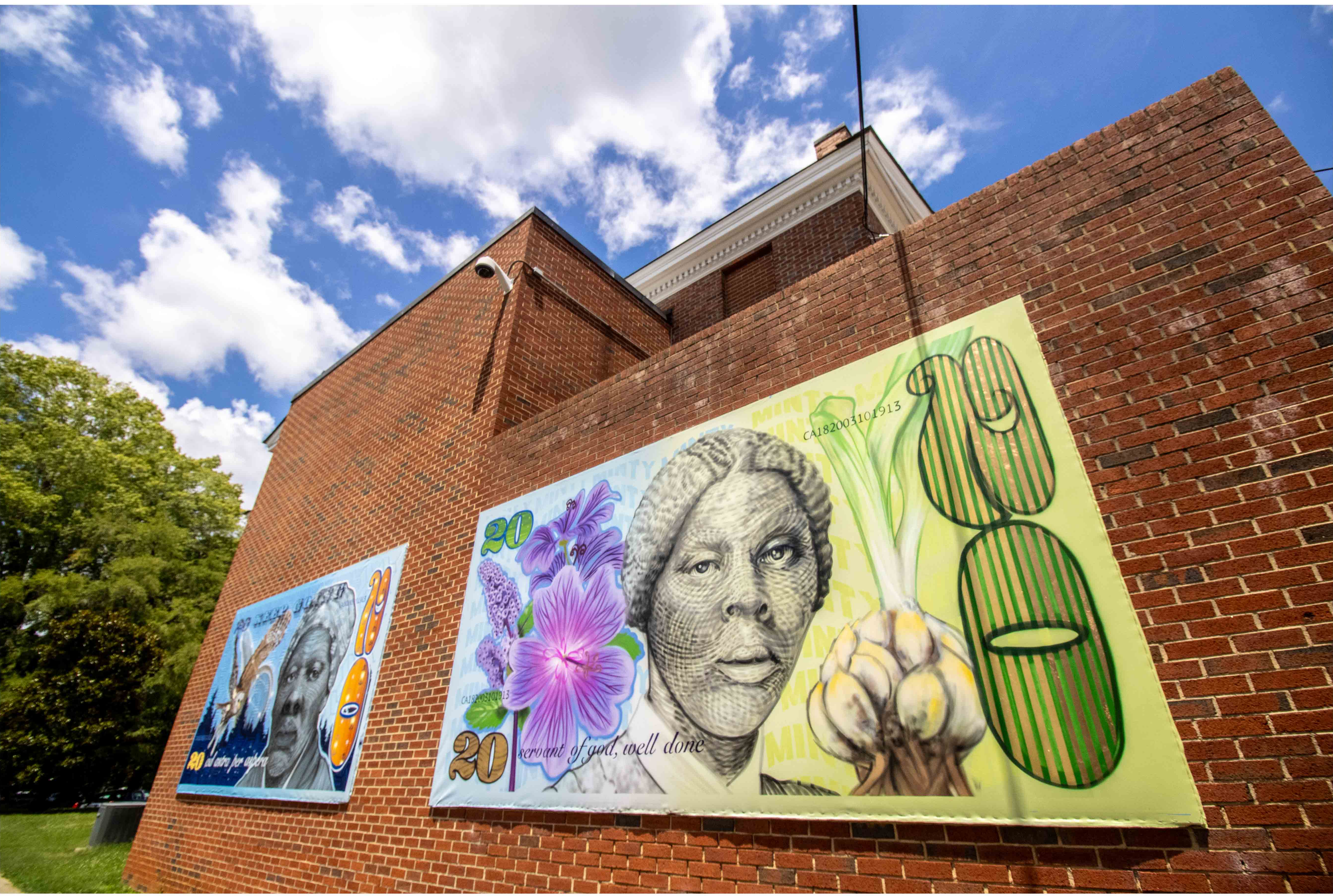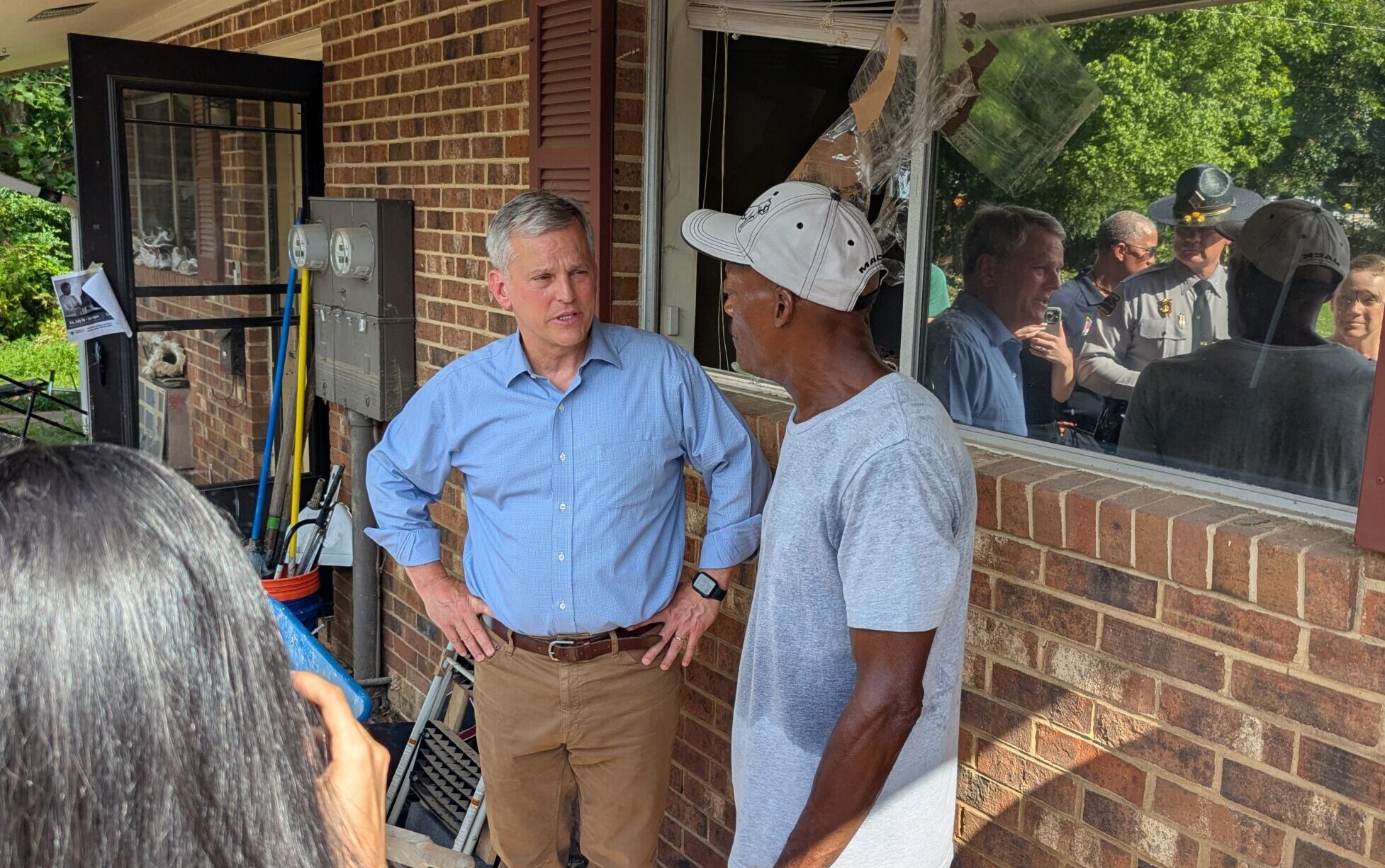Orange County Commissioners approved an amendment to the Orange County Transit plan Tuesday night focused on increasing funding for the Chapel Hill North South Bus Rapid Transit project.
The proposal would run buses in dedicated lanes for the vast majority of the trip from Eubanks Road in northern Chapel Hill down Martin Luther King Junior Boulevard, through downtown, to the end of the route near the Southern Village Park and Ride lot.
Studies on the proposal began in 2012, Chapel Hill Transit director Brian Litchfield told commissioners Tuesday night, but the additional funding is needed now in order for the project to meet a deadline for federal staff to rate the project.
“That would give us a sense of how we’d score within that federal process and give us a better sense of our potential to get federal funding, depending on how that score breaks out,” he said. “Everything at this point indicates our score would do really well.”
Litchfield said the total cost of the project is estimated at $140 million – with 80 percent of that potentially coming from the federal government. But in order to meet the August deadline for a federal rating, the project must have more than half of the remaining project cost dedicated from non-federal sources.
Tuesday night’s vote would allow for a total of $14.1 million to be dedicated to the project as part of the Orange County Transit plan, which will have to be rewritten following the stoppage of work on the Durham – Orange Light Rail transit project earlier this year.
The project is also applying for up to $25 million in funding from the state, but Litchfield said that decision is not anticipated until early 2020.
He said this project is an investment beyond a bus project in a heavily traveled corridor.
“This is an investment in improving transit in the corridor but also a multi-modal investment,” Litchfield said. “It’s going to improve access for pedestrians and cyclists.”
Plans for the corridor include an 11-foot shared-use path on each side of the roadway allowing for protected, dedicated bike and pedestrian access.
Litchfield said the buses currently running through this portion of Chapel Hill are at-or-near capacity, especially during peak hours.
“We’re currently doing 4,500 rides a day within this given corridor,” he told commissioners. “We’re looking at BRT as a result that this is a scalable long-term solution.”
Litchfield said there was also potential for this corridor to be built out to the north and south, adding that another corridor that could be reviewed for a potential BRT line stretches from Eastowne in Chapel Hill over to Carrboro.
Commissioner Earl McKee said that he would fight for this project as hard as he fought against the aforementioned light rail project, of which he was an ardent opponent.
“There will be folks that are going to be inconvenienced – by not only the construction but by the very presence of it – and I hate it,” he said. “But we are going to have to address our transportation needs locally and then move regionally, and this is a move to that.”
GoTriangle and the Durham – Chapel Hill – Carrboro Metropolitan Planning Organization will also need to hold a vote to approve the transit plan amendment. GoTriangle’s next meeting is scheduled for June 26 and the MPO could vote on the amendment on August 14.
The earliest the BRT could be operational is 2023.
More information about the project is available here.











